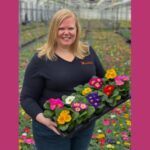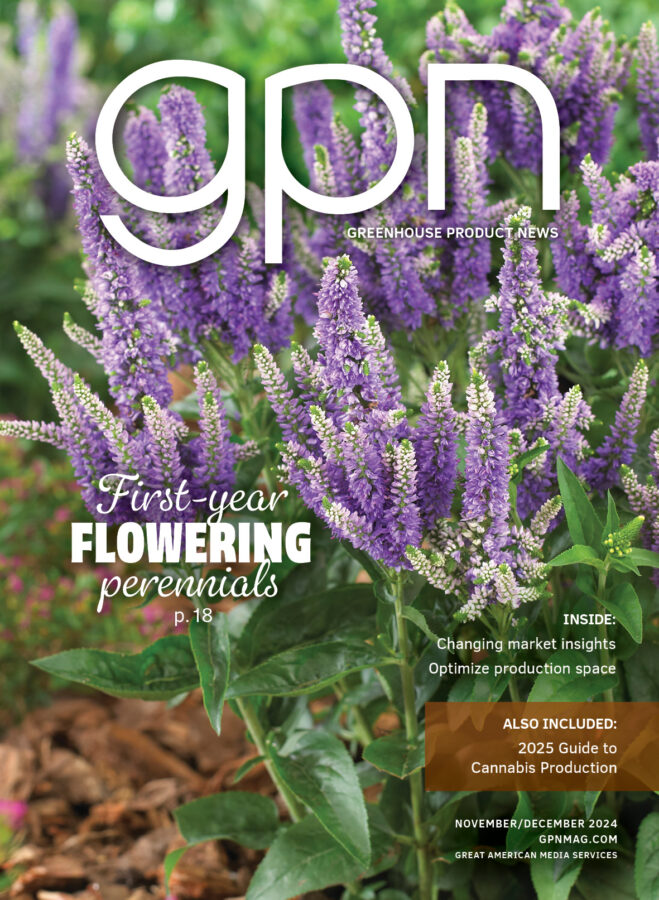Now More Than Ever Is the Time to Be Lean
As we entered into 2020 the outlook for the green industry looked very promising. It was supposed to be a good year for growers; the economy was strong, the unemployment rate in February was 3.5%, and the outlook was good. Many of our customers were looking forward to a 2020 that was going to be better than 2019 (mind you 2019 was a good year for most growers).
Then, in a matter of weeks, the world as we knew it changed dramatically — the coronavirus took over the world and basically shut the entire global economy down. For the green industry, the pandemic could not have had worse timing — right before spring shipping.
AmericanHort, doing what they do best — helping the industry navigate through these trying times — put on a webinar to help growers understand how the industry would be impacted. One of the speakers, economist Charlie Hall from Texas A&M, discussed the economic impact to industry. If you know Charlie, you know he is always preaching efficiency and lean. During the webinar he pointed out where growers should be focusing to reduce their cost and what they should be doing, or should have already done.
One of the slides he presented focused on growers’ cost categories; the two highest were labor, and freight and trucking. These two categories are directly impacted through the implementation of lean flow. For those growers who have already implemented lean flow, they have seen a reduction in these costs. For growers that haven’t implemented lean flow, they need to start thinking about implementing lean methodologies that will help them reduce costs, specifically in labor and freight and trucking.

highest were labor and freight/trucking.
IMPROVING LABOR EFFICIENCY IN SHIPPING
One of lean flow’s biggest benefits is labor efficiency. One of the areas that FlowVision has helped growers in improving labor efficiency is in the shipping process; the focus is to eliminate/reduce non-value-added work (waste). We’ve developed a supermarket methodology that reduces labor requirements, reduces credits/claims and optimizes rack and loads. This methodology starts in the harvesting/pulling process and goes all the way through loading trucks.
MASTER PULLING
The most efficient way to pull products is using a master pull report that combines several loads into one pull. Typically, we take a day’s worth of orders, assign them to loads, and then divide the loads into two master pulls — a morning pull and an afternoon pull.
Let’s assume you are shipping 10 trucks out; we put five loads on the morning pull and five loads on the afternoon pull. The loads on the morning pull will be shipped out that afternoon, and the loads pulled in the afternoon are shipped out the following morning.

combines several loads into one pull.
The advantage of the master pull is that you go to a location one time to pull the item for all the orders on the master pull. This reduces the number of trips to the same location thereby improving productivity.
SUPERMARKET
The supermarket is a physical location on the dock where racks are staged so they can later be shopped. The master pull assigns a supermarket rack sequence where the rack will be staged in the supermarket. Rack sequence 8 means that rack goes in location number 8 in the supermarket. This location will facilitate the shopping/picking of the order. Once the supermarket is filled (or wet as we refer to it in lean flow) the shoppers can begin to shop the orders.
SHOPPING THE SUPERMARKET WITH RACK SHEETS
FlowVision developed a racking software (RIO) that takes the orders and, based on the customers sorting preference, racks it in the most optimal way. The racks are optimized with very little air, which increases the cube on the rack and also the payload on the truck.
Remember, freight and trucking is the second-highest cost for growers. The rack sheets tell the shoppers what to put on each shelf of the rack; we have seen too many growers leaving it up to the dock employees to rack the orders.
This creates a lot of inefficiencies because we are asking the employees to try and put a puzzle together (what plants go on what shelves and what racks), or letting them use their “tribal knowledge” to rack the order. The rack sheet tells the employees exactly where to go in the supermarket (rack sequence) to pull the product and which shelf to put the product on. The racks sheet gives the shoppers the answer to the puzzle. This increases the efficiency in assembling the order and also helps increase the payload on the truck.
Once the rack is shopped, it gets staged in the load staging area based on the load sequence of the rack. The rack sheet below tells the dock employee to put it in spot number 10. There are 25 racks on the load. The rack sheet stays on the rack until it is delivered to the customer and thus acts as a packing slip for each rack on the order. This makes the receiving a lot faster and virtually eliminates discrepancies.

The implementation of the dock supermarket has yielded growers significant benefits. The labor productivity improvements range between 20 and 35%. The other benefit that growers see is their truck payloads in the +97% range. The two biggest cost categories that Charlie Hall pointed out are greatly impacted with this shipping methodology. During these trying times growers are looking for ways to become more efficient and reduce costs, we feel that this is one of the areas that will help improve the bottom line.


 Video Library
Video Library 



















